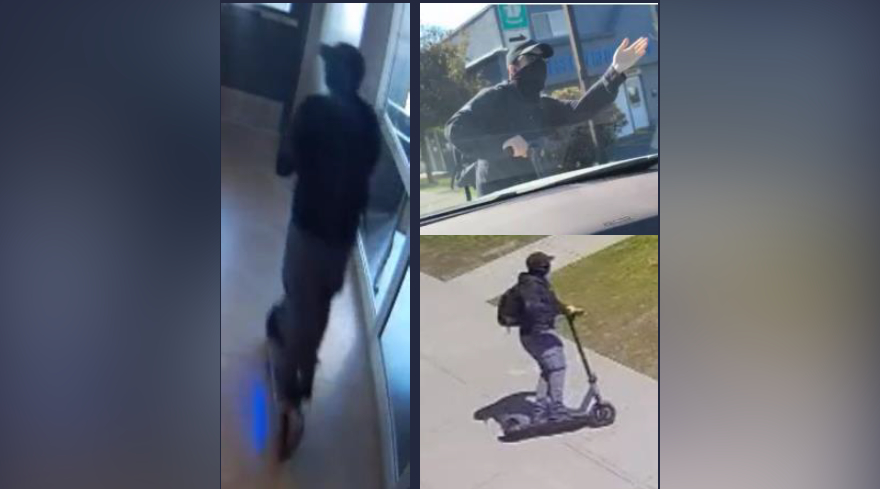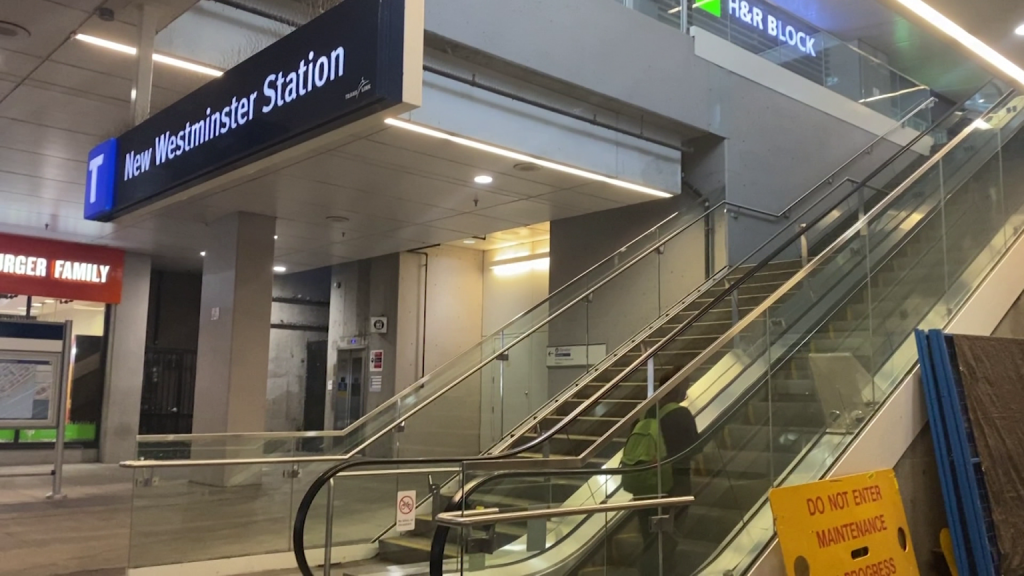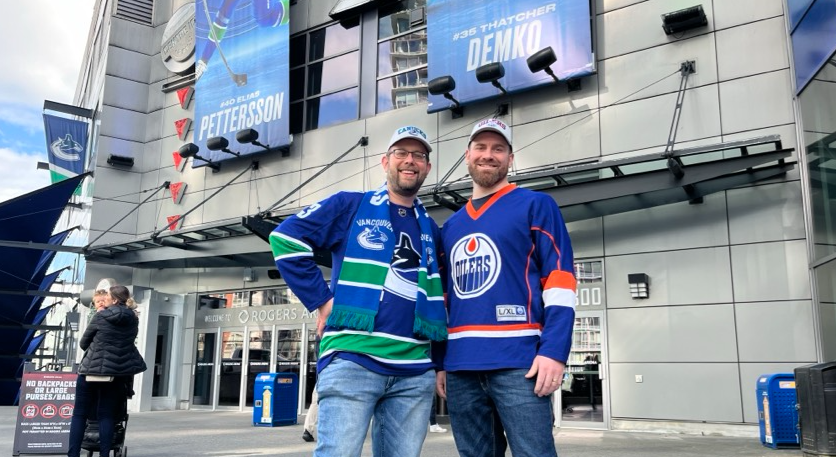#8 in NEWS 1130’s Top 10 of 2018: Electoral reform referendum
Posted December 20, 2018 5:00 am.
Last Updated December 20, 2018 6:41 am.
This article is more than 5 years old.
VANCOUVER (NEWS 1130) — Democracy in our province could soon look a whole lot different, depending on the results of the mail-in referendum on electoral reform.
But how did this vote come about in the first place? It was a combination of things. The NDP included a promise to hold a referendum within its platform ahead of the 2017 election, and then the Greens forced the issue as part of a power-sharing deal that allowed Premier John Horgan’s party to form government.
Then, it was up to Attorney General David Eby to determine a process for what the vote would look like. Eventually it was decided that this would be a mail-in vote, with your first choice the option on whether to stick with first past the post, or change to proportional representation.
LISTEN: NEWS 1130’s Martin MacMahon looks back on the electoral reform referendum
The second question then asked for a ranking of three systems: mixed-member proportional, rural-urban proportional or dual-member proportional.
Two main groups emerged to argue both for and against a change to proportional representation: the No side, officially the No Proportional Representation Society of B.C., and the Yes side, Vote PR B.C.
The criticism from the No side was multifaceted during the campaign period. Its arguments highlighted the successes of our democracy, while focusing on various shortfalls in certain proportional systems in other parts of the world.
RELATED: #10 in NEWS 1130’S Top 10 of 2018: Sedins retire
“As we look around the world, and look at countries with proportional representation, there’s no question that extremist parties are being elected in minor numbers, but enough to hold balances of power in several different countries, all of whom have a proportional representation system,” says Bill Tieleman with the No side. “Right now, Sweden can’t find a new prime minister or form a government, because a party that has neo-Nazi links and roots has 17 per cent of the vote. We see the same problems of these extreme right-wing parties — anti-immigration, anti-Islamic or anti-Muslim parties — with having a fraction of the votes, but a significant number of seats as a result of that.
“They couldn’t really win seats under our first past the post system, because they would not be the choice of any riding in this province. But if they got five per cent under all three systems proposed in the B.C. referendum, five per cent of the votes equals five per cent of the seats, equals about five seats in the B.C. legislature. And right now, the balance of power is held by three seats.”
But Maria Dobrinskaya with Vote PR B.C. feels those fears are overstated.
RELATED: Surrey scores the lowest participation rates in ProRep referendum
In her view, proportional representation is exactly that — representative — and she feels it would be an upgrade over our current first past the post system.
“The selling point is that we end up with a legislature that is reflective of the will of the electorate,” says Dobrinskaya. “That the percentage of support that a party receives is reflected in the percentage of MLAs that they have in the house. As a result, we would have governments that are committed to policies that the majority of British Columbians support. That is really the sort of key selling point around proportional representation. I think it also addresses a number of frustrations that people have around strategic voting, around living either in a safe seat and feeling frustrated that their vote doesn’t matter or doesn’t count, or living in a swing riding, and seeing the volatility that comes out of that, and how political parties really cater to a very small [percentage] of the electorate that can have a very large impact on the outcome of an election.”
RELATED: Fewer than half of ballots returned in B.C.’s electoral reform referendum
Another criticism from political watchers was how quickly this referendum was thrust upon the electorate.
“I would really question the wisdom of taking a complex topic like this and kind of jumping quickly into a referendum without having a whole sort of prior process of public education,” says University of British Columbia political scientist Max Cameron. “That’s what we did in the past with a Citizens’ Assembly and I think the process has been rushed this time. And that’s a little unfortunate. I think a lot of people found the options — and I think they were good options put on the table — but I think a lot of people found them a little bit confusing, and some of that confusion could have been dispelled with a little more effort at public education and public engagement. I think it’s worth taking the time to do these things right. That said, you have to give the government credit. They said they would hold a referendum and they proceeded to do so.
“The real question for us right now, as we wait for the results to come in, is whether they get the kind of mandate that they were hoping for, to change the system.”
RELATED: Do Canadian elections need a fix?
So once we get the result, what happens next?
“If it’s in favour, we’ll be moving quickly to strike a legislative committee, an all-party committee, to look at the results, to look at the implementation of a new voting system in British Columbia,” Premier Horgan tells NEWS 1130. “That’s going to take a good deal of work from Elections BC officials as we draw new maps and we create the infrastructure to [handle] the next election, which I believe is slated for the fall of 2021, the next scheduled election. We need to be ready for that, and a snap election, of course, could not be done with a new system, so we’re hopeful our minority government will continue to that time. [Green party leader] Dr. [Andrew] Weaver and I are both committed to that. But the legislature is the legislature. We’ll see how that unfolds.
“If the public says they want to keep the system that we have, then life goes on as before. That will mean less work for Elections BC. They’ll still have to start redrawing maps as they do every two elections so that we manage the different population changes as people move in and out of communities and they grow and shrink depending on what’s going on in the economy.”
Click here to review NEWS 1130’s Top 10 of 2018.










